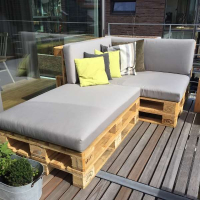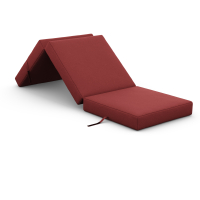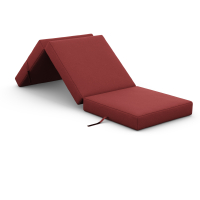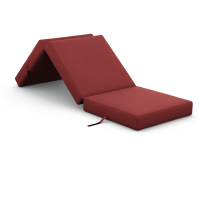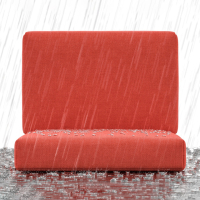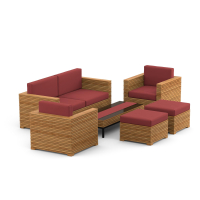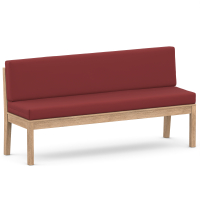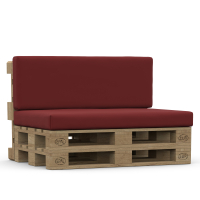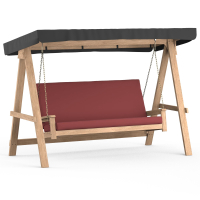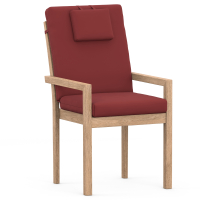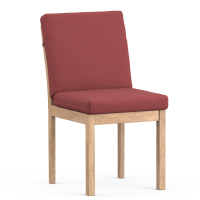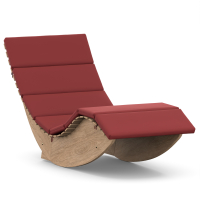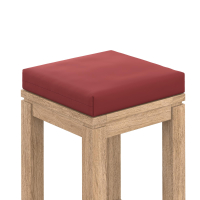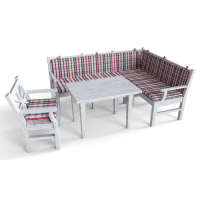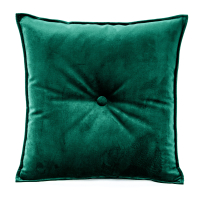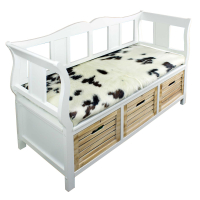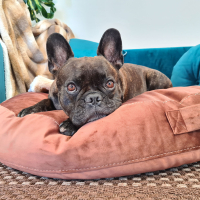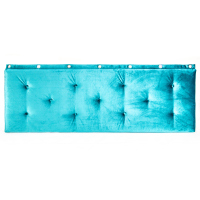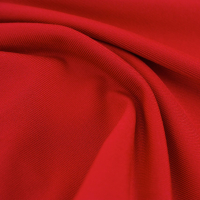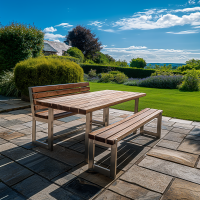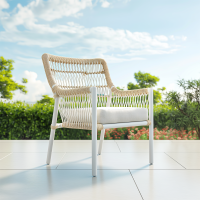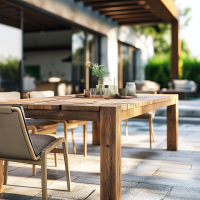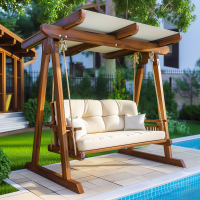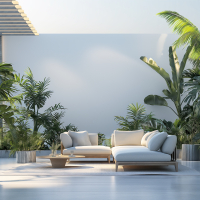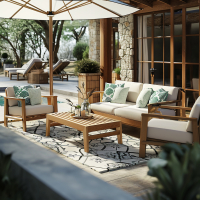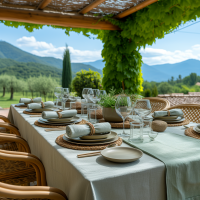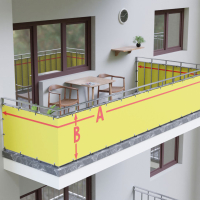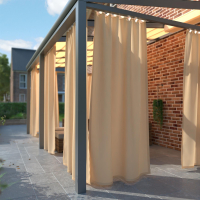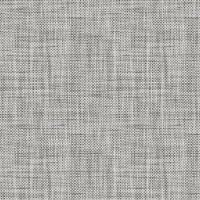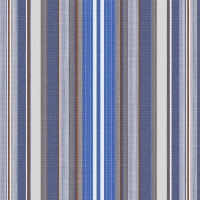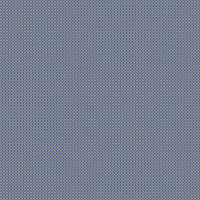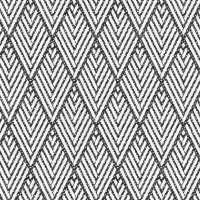Glossary
Lightfastness
The term "lightfastness" in the textile industry refers to the color stability of the fabric when exposed to light for a long time. The most damaging to the color is UV radiation, which makes up a very high proportion of sunlight. This causes color changes with prolonged sun exposure, which would be referred to as "color fading."
As in nature, bright colors are short-lived. The poppy colors such as apple green, raspberry, turquoise, orange, etc. in our color palette of Dralon fabrics are given a lightfastness value of 4 (quite good). The highest lightfastness value of 8 (excellent) is given to white, anthracite gray, and black.
The UV resistance refers to the resistance of the fiber, the tear resistance, which is above average in our Dralon fabric, for example.
What values apply to lightfastness?
Color stability is divided into 8 stages and regulated by a DIN standard (DIN EN ISO 105-B02). The values of the lightfastness scale (blue scale) are summarized in a so-called wool scale. These values are used in determining the lightfastness of a color as follows:
- Lightfastness 8: excellent
- Lightfastness 7: superb
- Lightfastness 6: very good
- Lightfastness 5: good
- Lightfastness 4: quite good
- Lightfastness 3: moderate
- Lightfastness 2: low
- Lightfastness 1: very low
What does all this mean in relation to our products?
One thing in advance - EVERY FABRIC FADES OVER TIME UNDER SUNLIGHT!
There is actually no fabric in the world that would be insensitive to UV radiation.
Especially in the current time, the summer months in Central Europe are longer and hotter, the UV radiation is becoming more aggressive, the outdoor fabrics are more stressed, and the lightfastness of the fabric color suffers much more than usual.
Each lightfastness value has its own resistance duration with regard to the fabric color.
The approximate duration can be taken from the following table (source: Wikipedia):
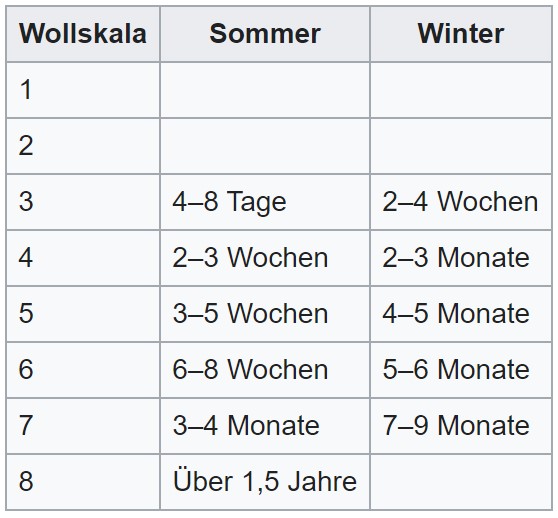
More about: https://en.wikipedia.org/wiki/Wool_scale
These values do not mean that the color has faded after this time, but that the color change compared to the original color is recognizable.
The UV resistance depends not only on the used color of the fabric but also on the used material. For example, plastic fabrics have a slightly better lightfastness value than Dralon, for example, but the plastic fabric is not pleasant to the touch and when in contact with the skin.
Our Dralon fabrics, on the other hand, are very skin-friendly and pleasant to the touch.
What to do to keep the colors as long as possible?
To avoid problems with lightfastness, we recommend using the cushions only when they are in use - this is the simplest and most effective measure.
Or you can use a throw when the cushions are not in use and are exposed to sunlight for a long time.
